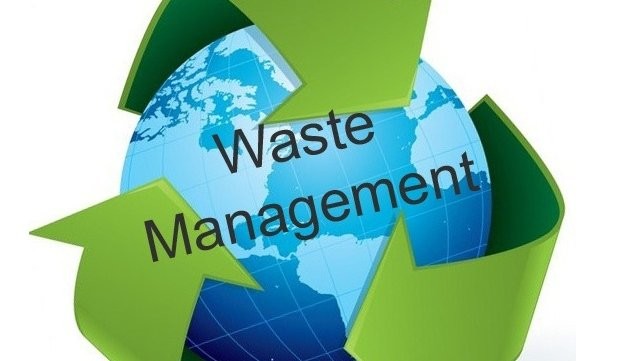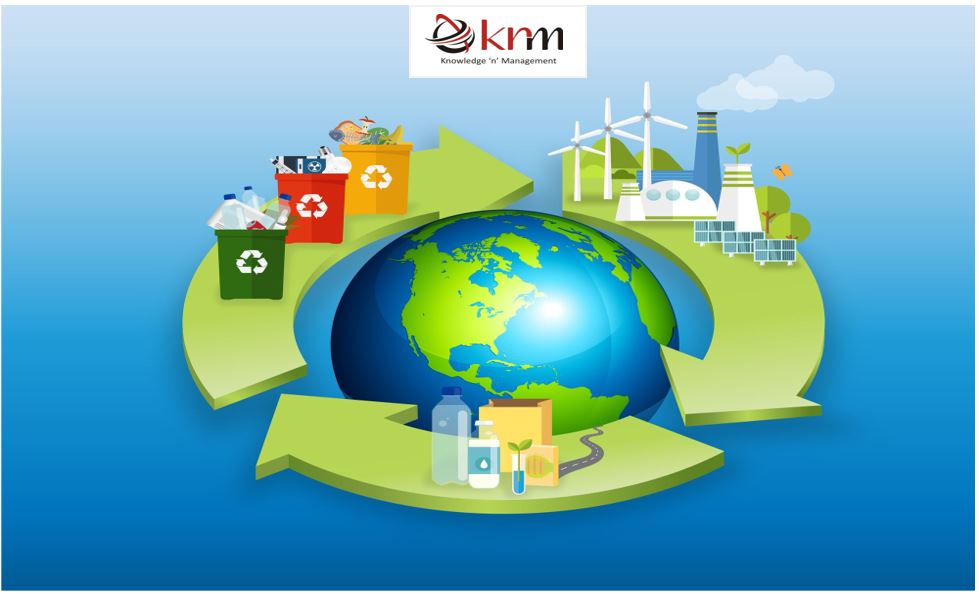Comprehending the Classification and Handling of Different Sorts Of Waste
Effective waste management is essential for ecological sustainability, requiring an extensive understanding of the category and handling of numerous waste kinds. Home waste, industrial byproducts, hazardous products, digital refuse, and organic residues each demand distinctive procedures to make sure safety and security and lessen environmental damage. Carrying out proper segregation, therapy, and disposal techniques is vital to minimize damaging environmental effects and advertise source preservation. As an example, the composting of organic waste contrasts dramatically with the complex procedures required to handle unsafe compounds. This multifaceted technique to squander administration emphasizes its intricacy and the vital demand for specialized knowledge in this domain.

Household Waste
Family waste, encompassing a wide selection of disposed of materials created from daily living tasks, represents a considerable component of the total waste stream - recycling lives services. This group includes organic waste such as food scraps, yard clippings, and paper items, together with inorganic materials like plastics, metals, and glass. The varied nature of family waste demands efficient category and management to reduce ecological effect and advertise sustainable living practices
Efficient household waste management begins with partition at the source, assisting in recycling, composting, and risk-free disposal. Organic waste, for example, can be composted to generate nutrient-rich dirt changes, decreasing landfill burden and boosting soil health. Recyclable products, including paper, glass, and certain plastics, can be processed and repurposed, conserving resources and decreasing energy consumption related to brand-new product manufacturing.
Additionally, unsafe household waste such as batteries, electronic devices, and cleansing chemicals calls for specialized handling to stop soil and water contamination. Public awareness projects and convenient disposal options play essential roles in making certain correct disposal and recycling of these materials. By executing robust waste decrease methods and promoting neighborhood participation, towns can substantially minimize the ecological impact of home waste.
Hazardous Waste
Industrial waste, a significant factor to global waste generation, encompasses a varied variety of materials created by production, building and construction, and other industrial tasks. This category consists of spin-offs such as scrap steel, plastics, rubber, chemicals, and various other residues. The composition and quantity of industrial waste can vary substantially depending upon the sector and production processes entailed. Effective administration of hazardous waste is vital for lessening environmental effect and promoting lasting practices.
The handling of hazardous waste normally involves numerous procedures: collection, partition, treatment, and disposal. Collection systems are designed to effectively collect waste products from numerous resources within a commercial operation. Segregation is crucial, as it guarantees recyclable materials are divided from non-recyclable ones, which can be guided towards appropriate recycling or disposal networks. Therapy procedures, including physical, chemical, and biological techniques, are used to lower the poisoning, quantity, and environmental effect of the waste. Disposal techniques like landfilling or incineration are utilized for waste that can not be recycled or treated.
Embracing strategies such as waste reduction, source healing, and recycling can significantly minimize the worry of commercial waste on the setting, adding to even more sustainable industrial methods.
Hazardous Waste

The classification of contaminated materials is normally based upon its chemical and physical characteristics. Toxic wastes contain harmful materials that can create negative health and wellness effects also at reduced concentrations. Corrosive wastes can harm or ruin living materials and tissues. Flammable wastes can easily fire up, posing fire hazards, while responsive wastes can trigger surges or release hazardous gases upon call with other compounds.
Efficient hazardous waste administration entails a number of crucial techniques: identification and segregation of unsafe products, safe transport and storage space, and ideal therapy and disposal. Treatment methods might include chemical neutralization, stablizing, and incineration. Regulatory compliance is important, assisted by structures such as the Source Conservation and Healing Act (RCRA) in the USA, which guarantees secure and ecologically audio management of contaminated materials.
Digital Waste
Electronic waste, typically abbreviated as e-waste, represents a growing difficulty in waste monitoring as a result of the fast obsolescence of modern technology. This classification includes a wide variety of thrown out digital gadgets, consisting of smartphones, computer systems, tvs, and family appliances. The intricacy of e-waste depends on its composition; these products contain a mixture of valuable materials such as gold and copper, as well as hazardous compounds like lead, mercury, and cadmium.

Regulations and laws, such as the European Union's Waste Digital and electrical Devices (WEEE) Directive, goal to advertise accountable e-waste management. These policies mandate makers to facilitate the collection and recycling of electronic items, thereby minimizing the problem on landfills and lessening environmental contamination.
Organic Waste
Organic waste, incorporating eco-friendly materials such as food scraps, yard trimmings, and agricultural residues, comprises a considerable section of the local solid waste stream. This sort of waste is notable not just for its quantity but also for its potential ecological impact if not handled appropriately. Organic waste can break down anaerobically in land fills, generating methane, a potent greenhouse gas adding to environment change.
Appropriate handling of natural waste entails several methods. Composting is a widely embraced approach, transforming organic products into useful compost that can enhance soil and support lasting agriculture. This procedure also minimizes the volume of waste sent out to garbage dumps. An additional technique is anaerobic food digestion, which breaks down raw material in the lack of oxygen, generating biogas that can be made use of as an eco-friendly power resource. Additionally, diverting food waste from landfills through donation programs can ease food instability while minimizing waste.
Municipalities and organizations are increasingly recognizing the importance of organic waste management. Executing detailed natural waste reusing programs not only minimizes environmental influences however likewise lines up with broader sustainability goals, advertising a circular economic situation where resources are site here consistently recycled and repurposed.
Final Thought
Efficient waste management and ecological defense require an extensive understanding of the classification and handling of numerous waste types. Home, commercial, harmful, electronic, and natural waste each need distinct treatments for disposal, segregation, and therapy. Correct administration reduces ecological effect, conserves sources, and promotes sustainability. Applying suitable methods for each and every waste type guarantees safe and accountable waste management techniques, eventually adding to the security of communities and public wellness.
Reliable waste management is essential for environmental sustainability, needing a comprehensive understanding of the category and handling of various waste kinds.Household waste, incorporating a broad selection of disposed of products created from daily living tasks, stands for a significant component of the general waste stream.Industrial waste, a major contributor to global waste generation, includes a varied array of products generated by manufacturing, building, and various other industrial activities (recycling lives services).Harmful waste, a crucial worry in waste administration, consists of products that pose significant risks to human health and the atmosphere due to their hazardous, destructive, flammable, or reactive homes.Organic waste, encompassing biodegradable products such as food scraps, backyard trimmings, and farming residues, makes up a significant portion of the municipal strong waste stream
Comments on “Exactly How Recycling Lives Services Help Reduce Environmental Footprints”